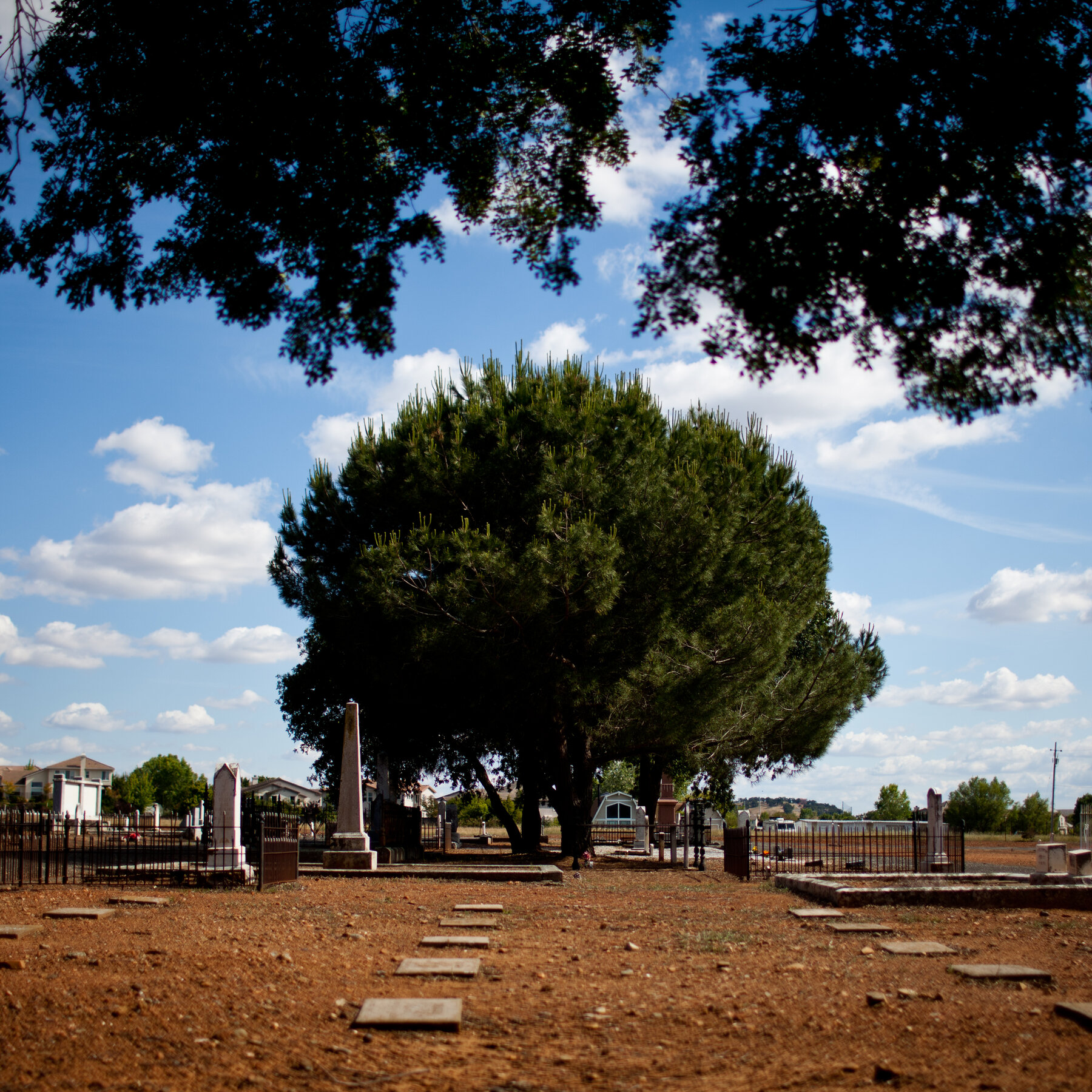- February 26, 2024
- 7 minutes read
Where to Learn More About Black History in California

The state has invested $15 million to improve research and public education on Black history at more than two dozen California state park sites.
The Mormon Island Cemetery in El Dorado Hills, Calif., contains graves relocated from a historic Black community that was flooded by the creation of the Folsom Lake reservoir in 1954.Credit…Max Whittaker for The New York Times
In a cemetery on a back country road near Sacramento, three rows of granite gravestones bear the same inscription: “Unknown, moved from Negro Hill Cemetery by the U.S. Government — 1954.”
The graves hold the remains of 36 settlers from Negro Hill, one of the largest communities of Black miners that sprang up during the Gold Rush. In 1853, the settlement, along the American River about 25 miles northeast of downtown Sacramento, was home to 1,200 people and had a boardinghouse and several shops, according to El Dorado County, which oversees the cemetery.
But much else about the community’s history has been forgotten. That’s because the spot where Negro Hill once stood is now deep under Folsom Lake, flooded and destroyed when the reservoir was created in the 1950s, and because Black history has not gotten its due at state parks and other historic sites in California, according to Susan D. Anderson, the history curator at the California African American Museum in Los Angeles.
“All of the Black history that is woven throughout all of these sites was never expressed or interpreted,” Anderson told me. “We’re going to be telling all those stories.”
Anderson is teaming up with the state on a $15 million initiative that will improve research and public education on Black history at more than two dozen California state parks. The project will delve into Negro Hill and other nearby Black Gold Rush settlements, including Black Miners Bar (which the parks department recently renamed) that lie within the Folsom Lake State Recreation Area and the Marshall Gold Discovery State Historic Park in Coloma, where shining flecks were first found in 1848. The Gold Rush brought 10,000 Black miners to the Sierra foothills, according to the state parks department.
Though many of these sites may soon be getting an upgrade, there’s still much to learn at important locations for Black history in California. Here are some recommendations:
Visit California’s first planned Black community
Allensworth, in the southern San Joaquin Valley, was founded in 1908 as a town that would be entirely financed and governed by African Americans. The man it’s named after, Allen Allensworth, was born into slavery in Kentucky in 1842 and retired in Los Angeles after fighting in the Civil War, earning a doctorate in theology and becoming the first African American to achieve the rank of lieutenant colonel in the U.S. Army. Colonel Allensworth State Historic Park preserves his dream, and visitors can see restored and reconstructed buildings from the town.
